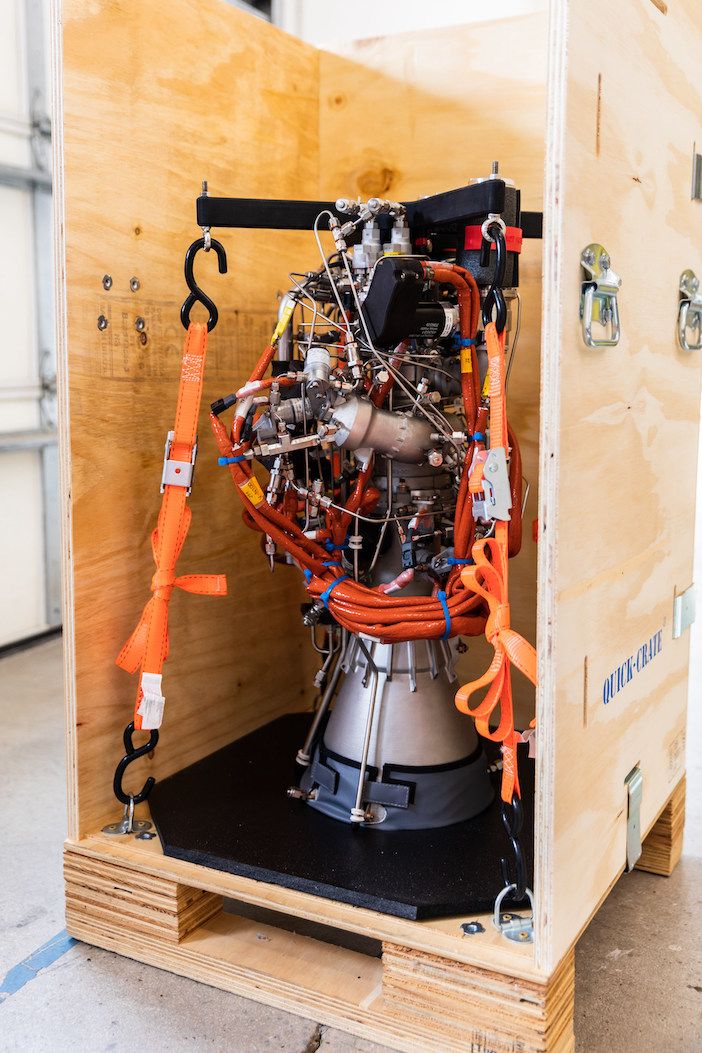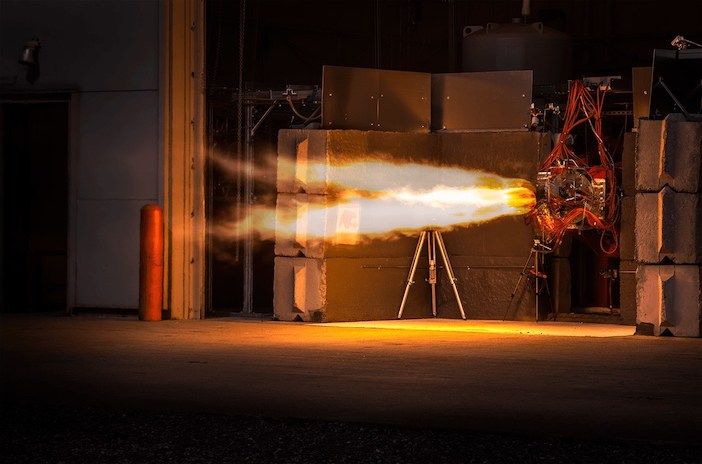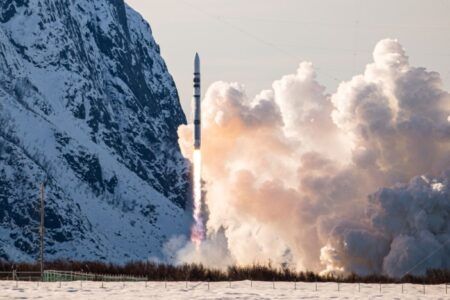Rocket developer Ursa Major has delivered its Hadley engines to two different commercial customers – space company Phantom Space and hypersonic vehicle developer Stratolaunch.
Hadley is an oxygen-rich staged combustion engine, development of which started in 2015. The engine is now in full production at the company’s site in Colorado, USA with 30 expected to be delivered this year.
Joe Laurienti, founder and CEO of Ursa Major said, “Delivering Hadley engines to customers who will use them for very different purposes shows the Ursa Major business model in action—higher performing engines, more of them, delivered quickly at less than half the cost.
“By freeing launch companies from the expense and difficulty of building their own engines or buying sub-par technology from other countries, Ursa Major will accelerate the number and frequency of successful launches across sectors.”

Phantom Space will use Hadley to power its two-stage expendable rocket, which transports satellites and other space cargo into Earth orbit and beyond. Stratolaunch plans to use the engine to power its reusable hypersonic testbed vehicle, which is designed to reach Mach 6.
The Hadley engine is also used in the US Air Force’s X-60A hypersonic vehicle test bed.
“Hadley’s greatest strength is that she simply exists,” said Silas Meriam, senior test operations engineer at Ursa Major. “No one else is making engines with 5,000 lbs of thrust at this level of reliability—and they’re available now.”
The Hadley engine is mostly 3D-printed, enabling the company’s engineers to make rapidly implement data-driven design improvements to the engine, the company said.
According to Ursa Major, the Hadley engine can be used in first stage, upper stage, and hypersonic applications and has achieved more than 30,000 seconds of run-time at Ursa Major’s own facilities. It has sufficient engine life to support pre-flight ground testing or static-fire testing, as well as flight, without additional modifications or inspections and can meet a range of customizable throttle levels and thrust profiles.
In addition, seven-degree thrust vectoring provides more control and maneuverability for typical flights, and may also enable vertical landing and return-to-launch-site burns, among other capabilities
“Ursa Major and its peers are driving significant advancements in many sectors across the new space economy,” continued Laurienti. “Our propulsion systems and proprietary testing platform are already empowering Ursa Major commercial customers to reach their goals. We stand ready to support our government’s efforts to reestablish US global leadership in space technology as well.”





